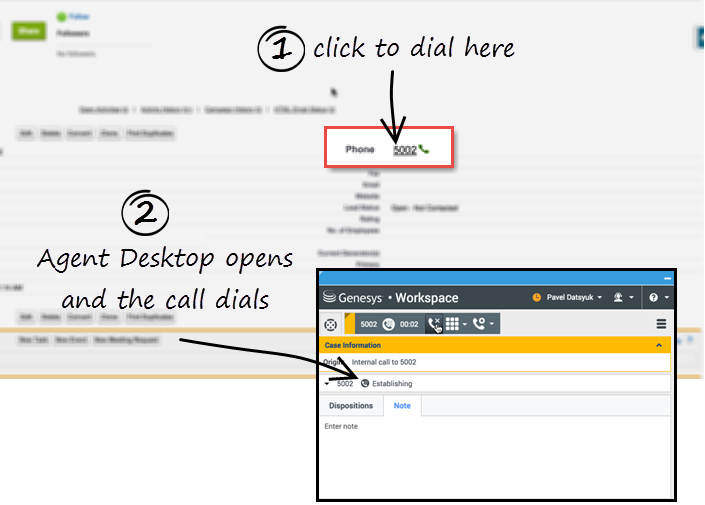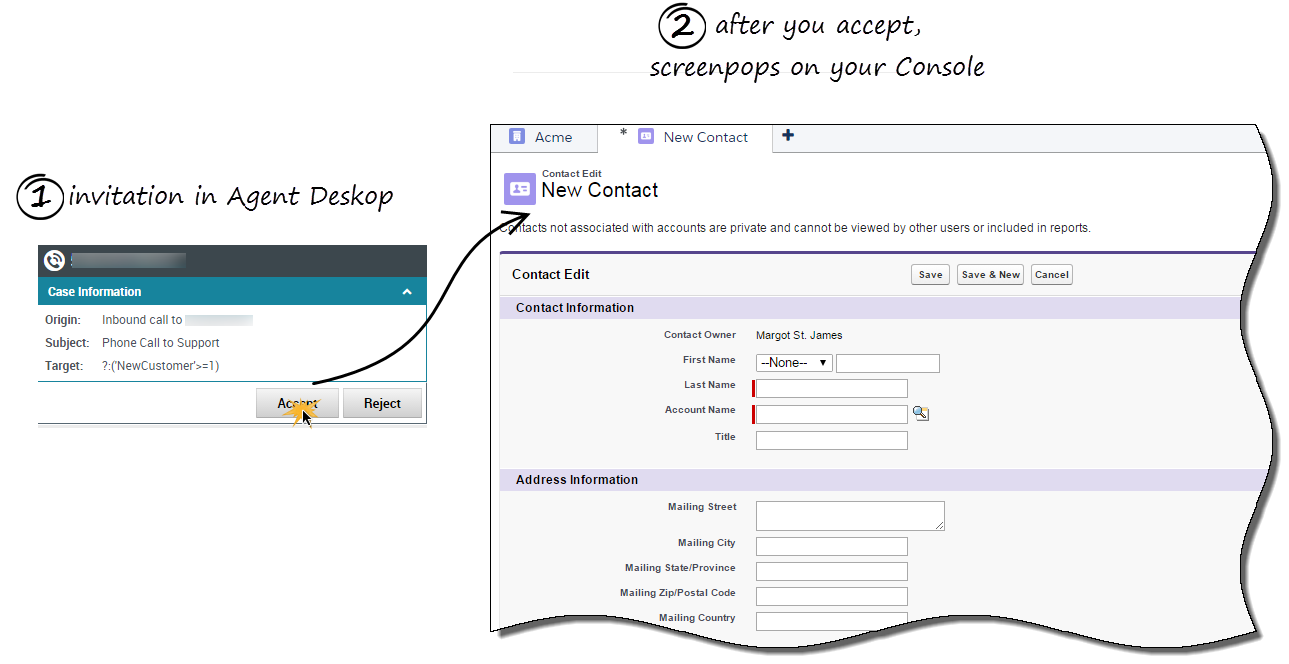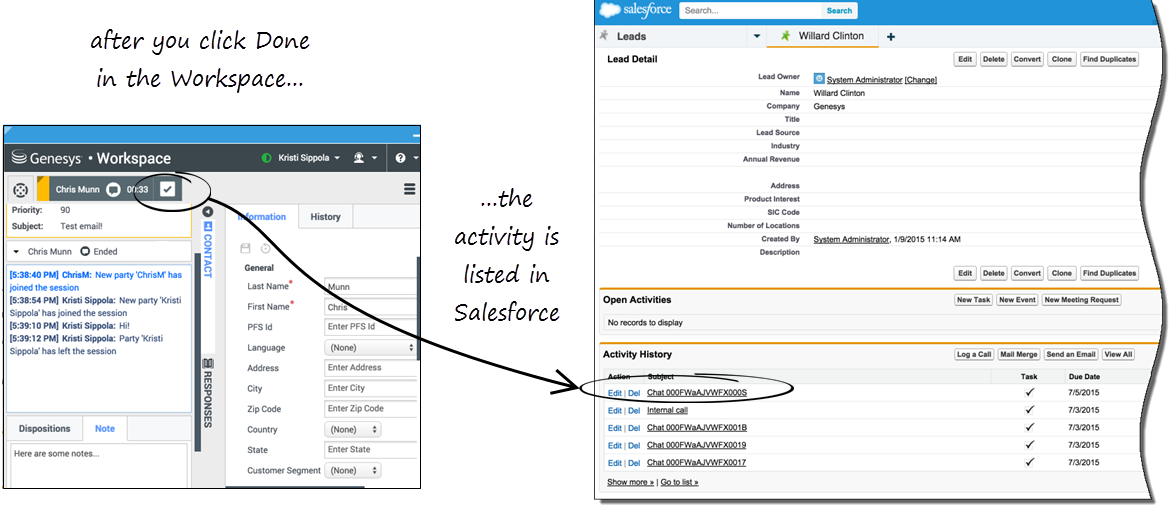Revision as of 12:23, October 2, 2020 by Sbogard (talk | contribs) (Modified comment string __NOINDEX__ Category:V:PSAAS:Public with Category:V:PSAAS:Public)
This page was last edited on October 2, 2020, at 12:23.
Comments or questions about this documentation? Contact us for support!



